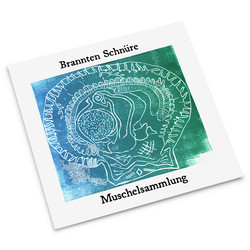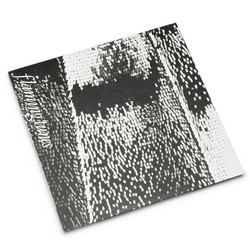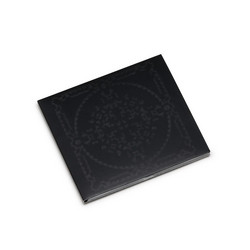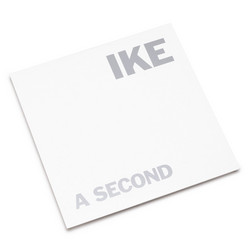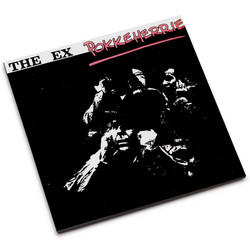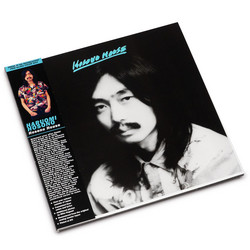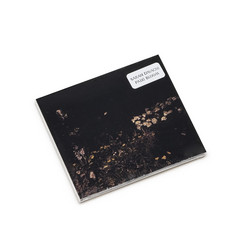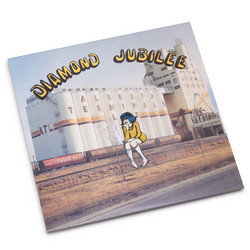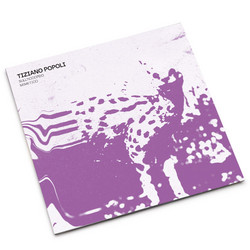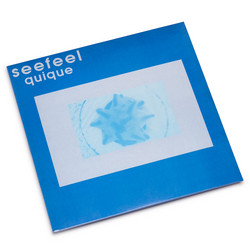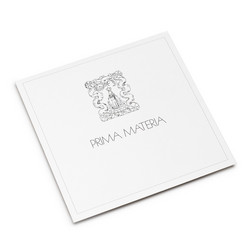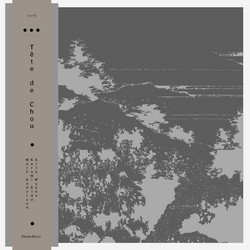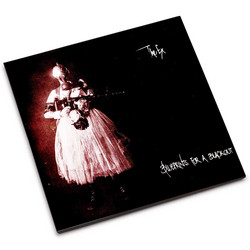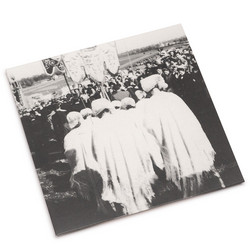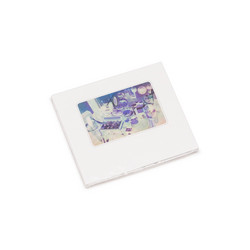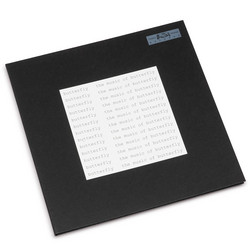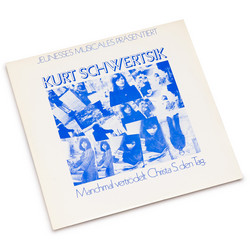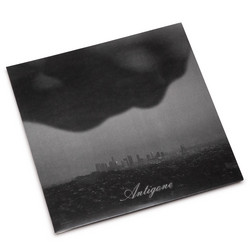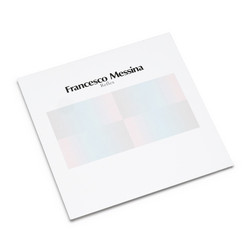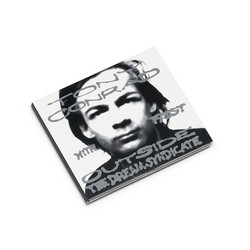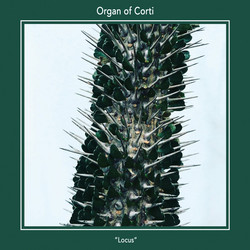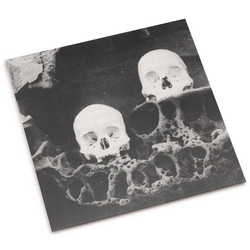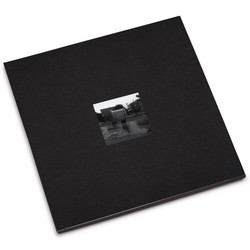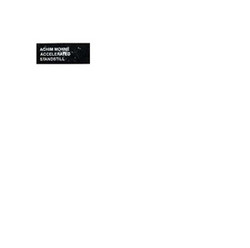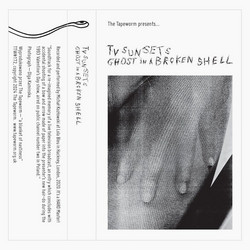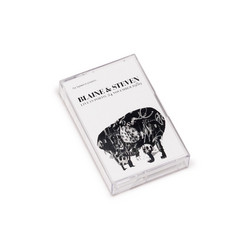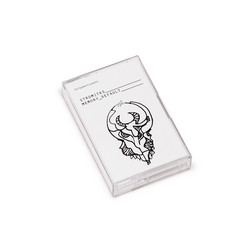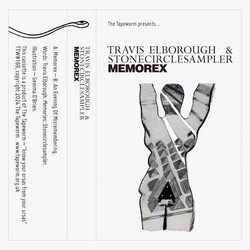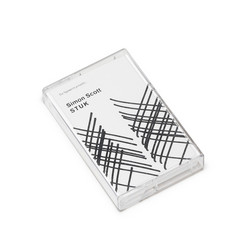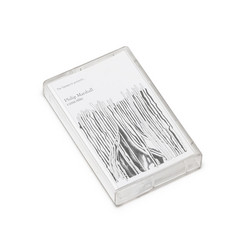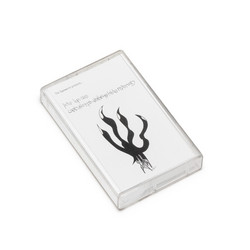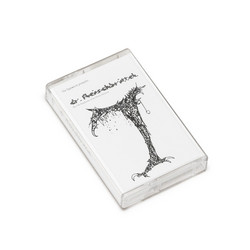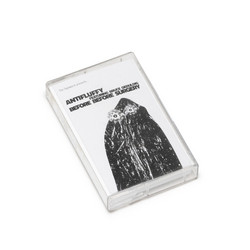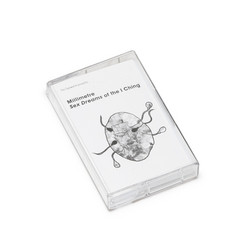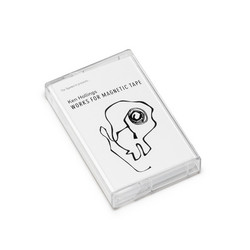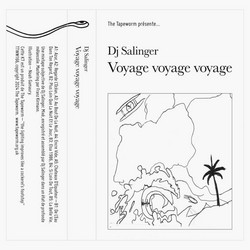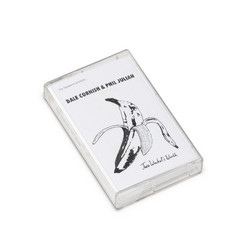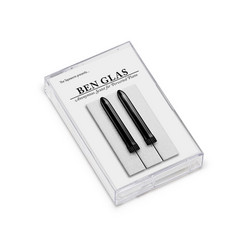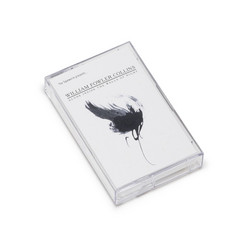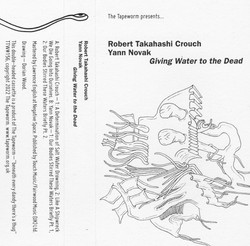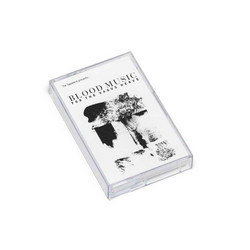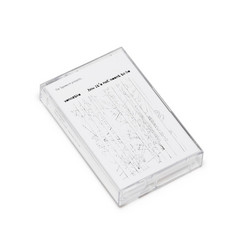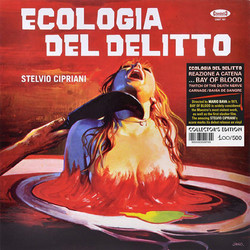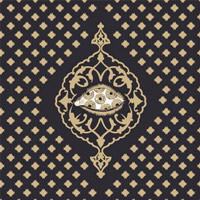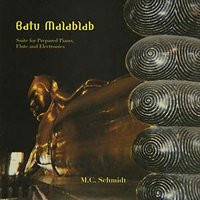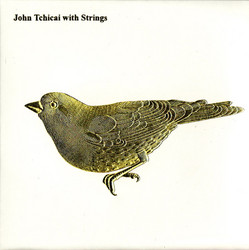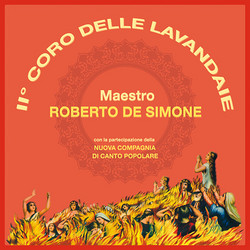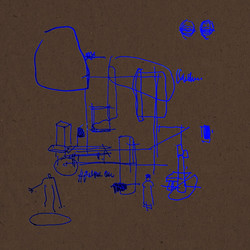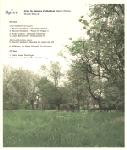Achim Mohne'
And It Could Have Been Dead...
Achim Mohné experiments with the space and time intervals of media, photography, video, digital image production, as well as with sound. His experiments bring to light the surprising uses that lie dormant in today's technology. For The Tapeworm, Achim focused on audiotape itself: as material, as body, as signifier and as sculpture. Some notes on the sources and methods used to create And It Could Have Been Dead... follow: A1., "How To Use This Cassette" is mixed from a 1982 Blaupunkt instruction tape for a cassette player. A2., "Widerverwendung" uses material from "MediaRecycling," a live performance at Gesellschaft für aktuelle Kunst (GAK) Bremen, 1999. This was a performance for opened-up VCRs, monitors, scissors, glue, medical gloves, cleansing alcohol. Sections of tapes were randomly chosen, cut with a scissors, then taped back live together in a different order. The version on this cassette was mixed in 2011. A3., "All I Have Ever Listened To" was mixed from "Sozialisationsmusik" -- a live performance at Academy of Media Arts, Cologne (1997) for three to eight turntables, cassette recorders and a mixer. With their help, vinyl records and cassettes from a great variety of genres (classic, electro, punk, rock, jazz, children's audio dramas) are layered-up and mixed live. The version on The Tapeworm's tape was edited in 2011. A4. and B1. were created using hand-operated cassette recorders. The tapes used for "Once Upon A Time They All Lived Happily Ever After" were all of fairy-tales. B2. ("Syntactical Swap") is a work for cassette recorder and turntable. Finally, B3. is a short blast, using beginnings and endings of The Tapeworm cassettes, #01-#34 as its sound source.
Details
Cat. number: ttw 038
Year: 2012
